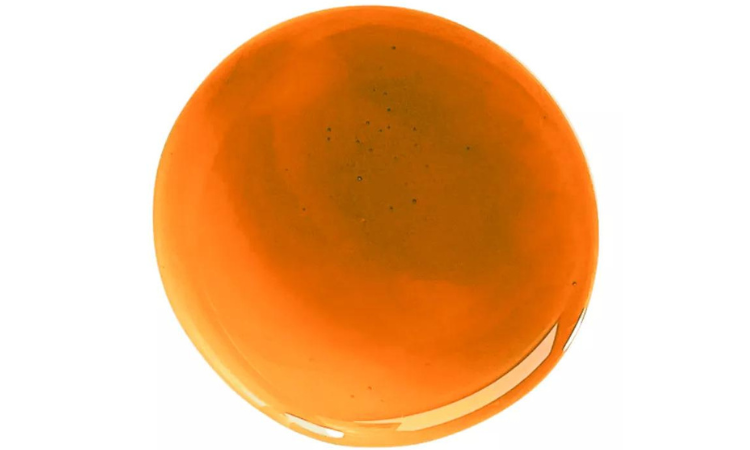THCJD, also known as Δ9-THCJD, is a rare and lesser-known cannabinoid that occurs naturally in cannabis. What sets THCJD apart is its signature 8-link alkyl side chain, which gives rise to a truly euphoric high. In fact, reports suggest that its potency exceeds delta-9 THC by as much as 19 times and delta-8 by over 25 times. Some users experience a relaxing, sedative and ‘couch-lock’ effect, while others find it stimulating and mood-enhancing.
Approach THCJD with caution
New users should approach THCJD with caution as the effects can be overwhelming.
Effects of THCJD
While some sources claim that it produces relaxation, sedation and ‘couch-lock’ effects, it is essential to understand that cannabinoid responses can vary significantly from person to person. Factors such as dosage, tolerance, individual biology, and the presence of other cannabinoids in the formula all play a role in determining its effects.
Potential benefits
Because THCJD is relatively new and research is still in its early stages, we cannot definitively list its specific benefits without objective scientific evidence. However, we can reasonably expect the potential benefits of THCJD to be similar to those of THC, including pain relief, neuroprotection, reduction of PTSD symptoms, appetite stimulation, anti-inflammatory action, reduction of nausea, reduction of spasticity in multiple sclerosis (MS) and sleep improvement.
Comparing THCJD with Delta-9 and Delta-8
The potential is an intriguing topic. Some sources suggest it is up to 19 times more powerful than delta-9 and more than 25 times more powerful than delta-8. However, these claims are not fully substantiated and the potency of cannabinoids can be subjective and vary from person to person.
Potential side effects
THCJD has similar side effects to THC and other isomers such as delta-10 and HHC. However, due to its greater potency, THCJD’s side effects may be more apparent. Common side effects associated with THC include dry mouth, red eyes, increased heart rate, paranoia, anxiety, visual distortions, memory loss and nausea. Use this cannabinoid responsibly and in moderation.
Extraction of THCJD
THCJD is extracted directly from cannabis varieties, although it is a rare minor cannabinoid, accounting for only about 1% of the total cannabinoid profile. As such, most products available on the market have likely been converted from CBD to THCJD via an isomerization process to ensure cost-effectiveness and availability.
Conclusion
We are still very early in the discovery process of learning the full potential of what this phytocannabinoid can do. The exact short- and long-term health effects are still largely unknown. It will be interesting to see what happens in the cannabinoid industry from here on out. Stay tuned for more information as it comes to light.
Pricing

If you are interested in one of our products, please fill in the contact form below and a member of the WeeDutch team will get back to you right away!


